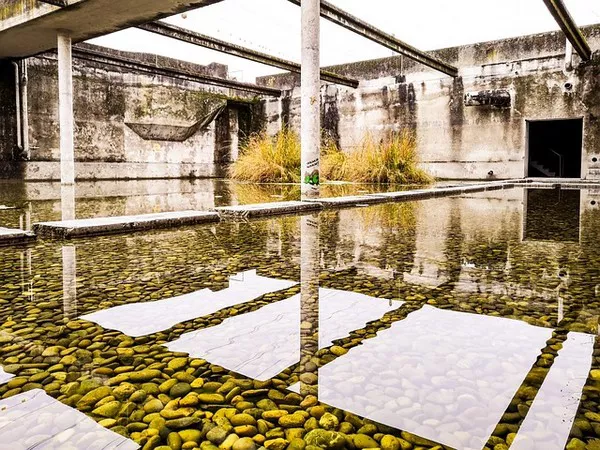Sewer backups in bathtubs can be a distressing and inconvenient issue for homeowners. The unpleasant experience of finding wastewater in your bathtub is not only unsanitary but also poses potential health hazards. To effectively address and prevent sewer backups in bathtubs, it is crucial to understand the underlying causes of this plumbing dilemma. This article delves into the common reasons behind sewer backups and offers insights into preventive measures.
Aging Sewer Systems:
One of the primary contributors to sewer backups in bathtubs is aging sewer systems. Over time, sewer pipes and lines can deteriorate due to factors such as corrosion, tree root intrusion, and general wear and tear. Older homes, especially those with original plumbing systems, may be more susceptible to sewer backups as their infrastructure ages. As pipes degrade, they become more prone to blockages and leaks, leading to sewage backing up into household fixtures like bathtubs.
To address this issue, homeowners should consider periodic inspections and maintenance of their sewer lines. Professional plumbers can conduct video inspections to identify potential problem areas and recommend necessary repairs or replacements.
Tree Root Intrusion:
Tree roots seeking moisture and nutrients can infiltrate sewer lines through small cracks or joints in the pipes. As they grow, these roots can create blockages and cause sewer backups in various parts of the plumbing system, including bathtubs. The infiltration of tree roots is particularly common in older sewer lines made of clay or cast iron.
Preventive measures involve regular maintenance, including the use of root-killing chemicals and, when necessary, replacing outdated pipes with more resilient materials like PVC or HDPE. Installing root barriers around sewer lines can also help prevent tree root intrusion.
Foreign Objects and Debris:
Another common cause of sewer backups in bathtubs is the introduction of foreign objects and debris into the plumbing system. Flushing items like sanitary products, wipes, and excessive amounts of toilet paper can contribute to blockages, restricting the flow of wastewater and causing backups. Additionally, grease and soap scum buildup can accumulate over time, further narrowing the pipes and leading to drainage issues.
Educating household members about proper disposal practices and avoiding flushing inappropriate items down toilets can significantly reduce the risk of sewer backups. Regular maintenance, such as drain cleaning, can also help remove accumulated debris and prevent blockages.
Insufficient Slope or Grade:
The proper slope or grade of sewer lines is essential for the efficient flow of wastewater away from homes. If the pipes lack the necessary slope, sewage can accumulate and lead to backups in various fixtures, including bathtubs. Insufficient slope can be a result of poor initial installation, settling of the ground, or changes in the landscape over time.
Addressing this issue may involve regrading the sewer lines or adjusting the slope to facilitate proper drainage. Consulting with a professional plumber or civil engineer can help determine the appropriate measures to correct the slope and prevent future backups.
Blockages in the Main Sewer Line:
Blockages in the main sewer line that connects a property to the municipal sewer system can result in backups throughout the entire plumbing system, including bathtubs. Common causes of main sewer line blockages include a buildup of grease, tree roots, and non-flushable items.
Regular maintenance, such as hydro-jetting or mechanical snaking, can help clear blockages in the main sewer line. Homeowners should be vigilant about signs of a clogged main sewer line, such as multiple fixtures experiencing backups simultaneously, gurgling sounds in drains, or slow drainage throughout the house.
See Also What Is The Process Of Sewage Treatment Plant
Conclusion:
Sewer backups in bathtubs are often symptomatic of underlying issues within a property’s plumbing system. By understanding the common causes and implementing preventive measures, homeowners can minimize the risk of experiencing sewer backups and the associated inconveniences and health hazards. Regular inspections, proper disposal practices, and timely maintenance are key components of a proactive approach to sewer system management. When faced with persistent issues or severe backups, consulting with a professional plumber is advisable to identify and address the specific challenges within the plumbing infrastructure.

